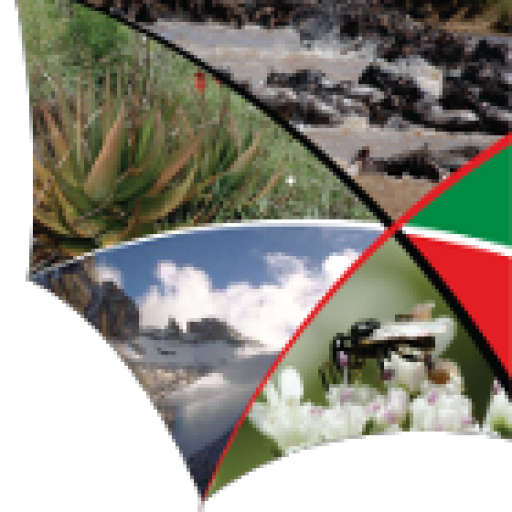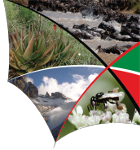Lakes, Dams and Rivers
Lakes and rivers are bodies of water localized within a basin and surrounded by land. Lakes are relatively still waters, while rivers are moving waters on or below the land surface. The formation of lakes and rivers has been greatly influenced by the Rift Valley faulting, which divides the drainage basins between east and west in Kenya, and by mountain uplift. Inland waters cover about eight per cent of Kenya’s land surface. Freshwater resources, including rivers, lakes and swamps are widely distributed among the five main drainage basins.

The large freshwater lakes and rivers are highly productive and support a rich variety of water plants, vertebrates and invertebrates and micro-organisms. The alkaline lakes of the rift valley are also renowned worldwide for their algal productivity and populations of up to three million flamingoes that migrate between the lakes along the length of the rift valley, depending on algal abundance.

Importance of Lakes and Rivers
Collectively, Kenya’s lakes and rivers contain some 20 billion cubic meters of water—which has a large bearing on local climate. They capture nutrients and sediments eroded from the land and so sustain a highly productive and diverse assemblage of plants and animals. Freshwater habitats support unique and specialized species, several endemics and many rare or threatened species. Lakes and rivers are important stepping stones for Palearctic migratory birds, flamingoes and shore birds. They also supply the bulk of the water that drives the Kenyan economy, from farming and ranching to industry, commerce and settlement. Freshwater fisheries have, until recently, been dominated by traditional and artisanal fishing communities but now sustain commercial fisheries in L. Victoria and Turkana. Rivers also produce hydroelectric power, filter and provide clear water for human settlement and, together with lakes, provide transport routes for commerce and a range of amenities that attract tourists, outdoor and water-sports enthusiasts.

